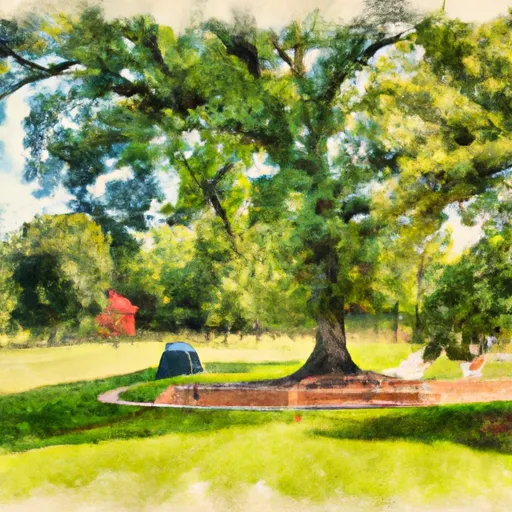Summary
It has a humid subtropical climate with hot and humid summers and mild winters. The average temperature in summer ranges from 80°F to 95°F, while in winter, it ranges from 40°F to 60°F. The city receives an average annual rainfall of around 55 inches.
Hydrologically, the Pearl River is a prominent feature, running through Jackson. It provides opportunities for various water-related activities, including fishing, boating, and kayaking. The city also has several lakes and reservoirs, such as the Ross Barnett Reservoir, where locals and visitors can enjoy water sports and recreational fishing.
Outdoor enthusiasts can explore the numerous parks and green spaces in and around Jackson. LeFleur's Bluff State Park offers hiking trails, picnic areas, and a golf course, while the Natchez Trace Parkway provides scenic drives, biking trails, and camping facilities. The nearby Bienville National Forest allows for hunting, camping, and hiking.
In summary, Jackson, Mississippi has a humid subtropical climate, abundant rainfall, and is home to the Pearl River. The city provides various outdoor recreational opportunities, including water activities along the river, parks, and nearby national forests.
Weather Forecast
Jackson receives approximately 1416mm of rain per year, with humidity levels near 90% and air temperatures averaging around 18°C. Jackson has a plant hardyness factor of 8, meaning plants and agriculture in this region tend to thrive here all year round.
Area Campgrounds
| Location | Reservations | Toilets |
|---|---|---|
 Lefleurs Bluff State Park
Lefleurs Bluff State Park
|
||
 Lefleur's Bluff State Park
Lefleur's Bluff State Park
|
||
 Timberlake - Ross Barnett Reservoir
Timberlake - Ross Barnett Reservoir
|

 Battlefield Park
Battlefield Park
 Shepard Brothers Park
Shepard Brothers Park
 Newell Field
Newell Field
 Jackson Zoological Park
Jackson Zoological Park
 LeFleurs Bluff State Park
LeFleurs Bluff State Park